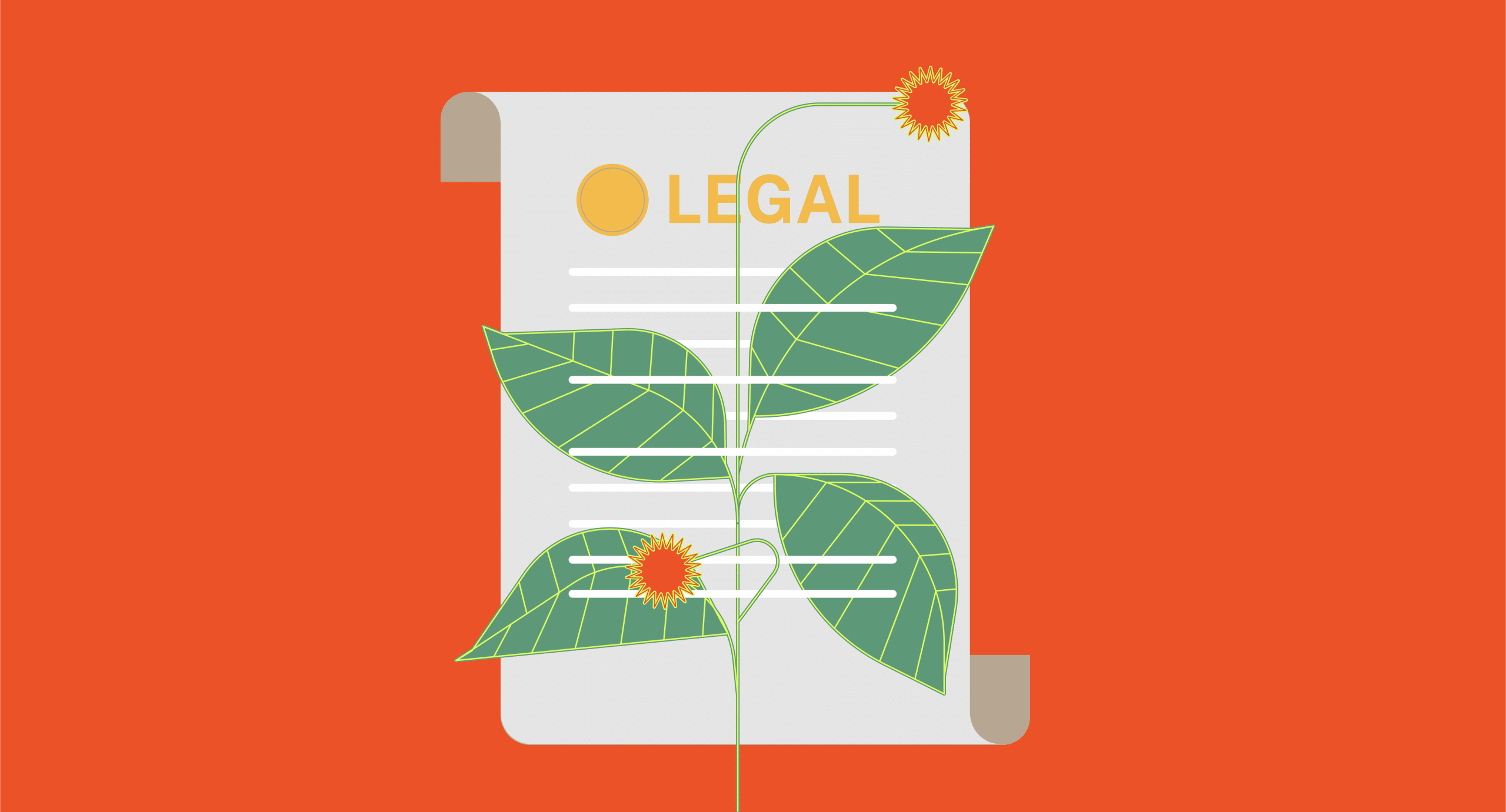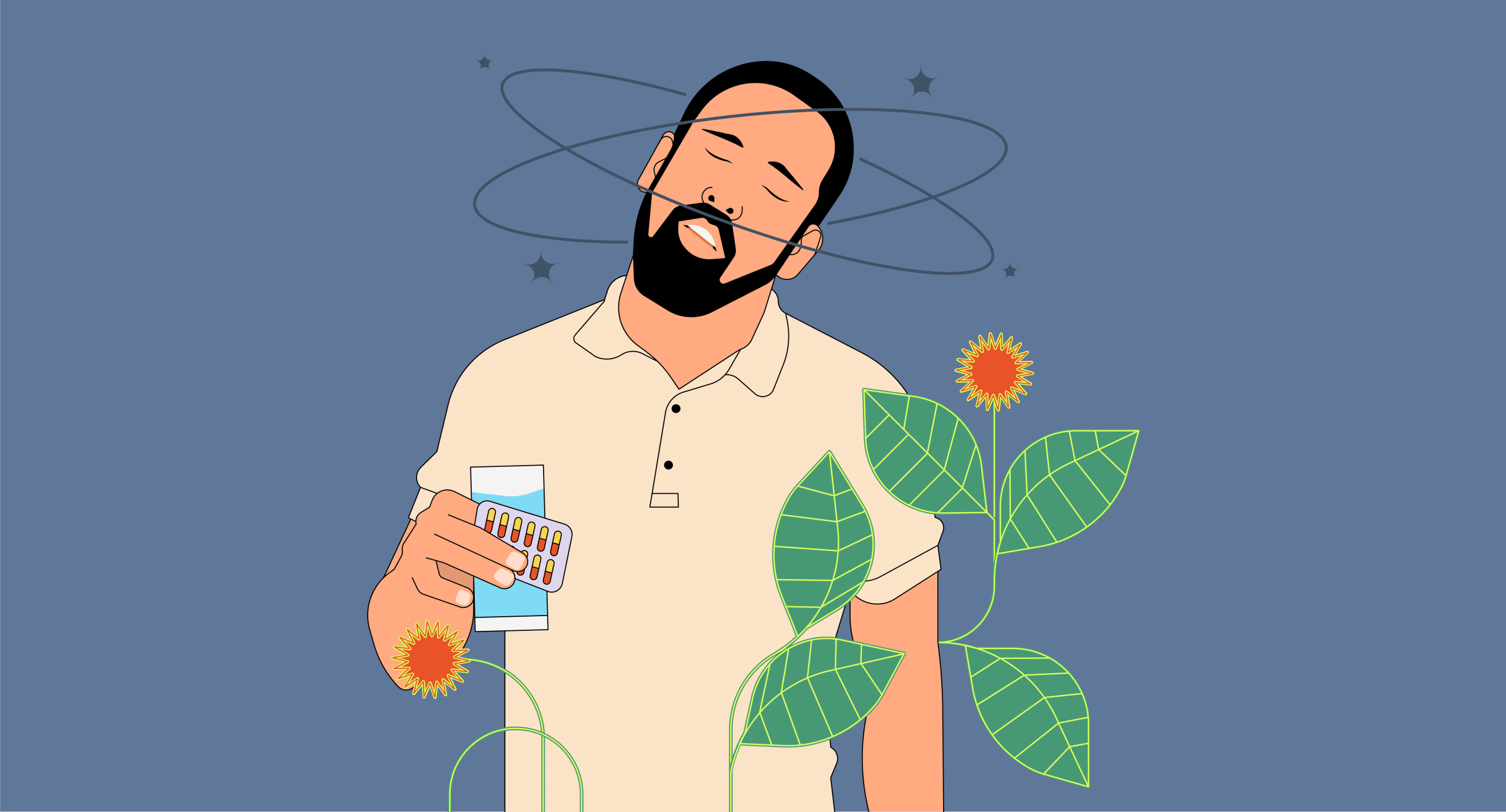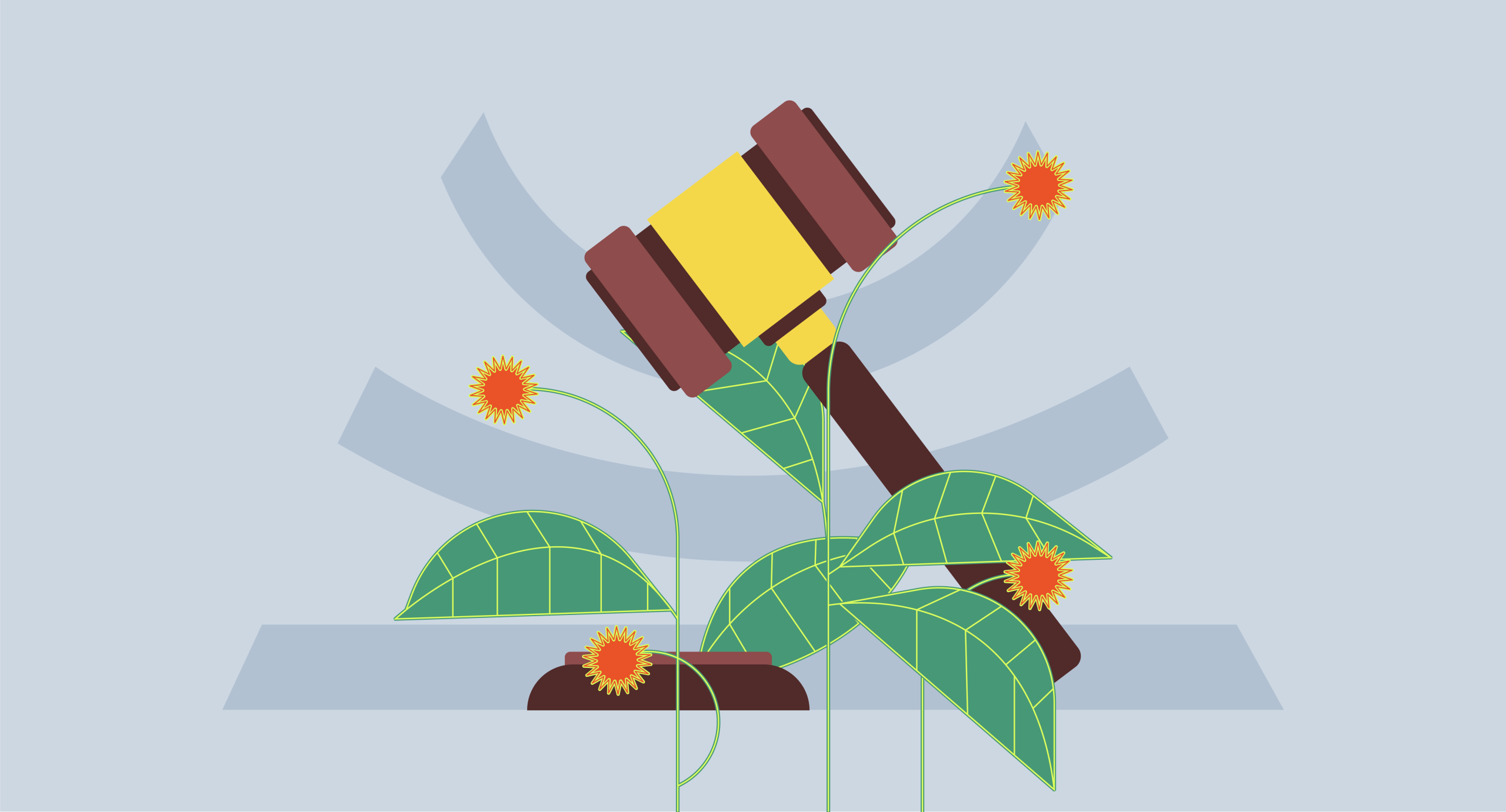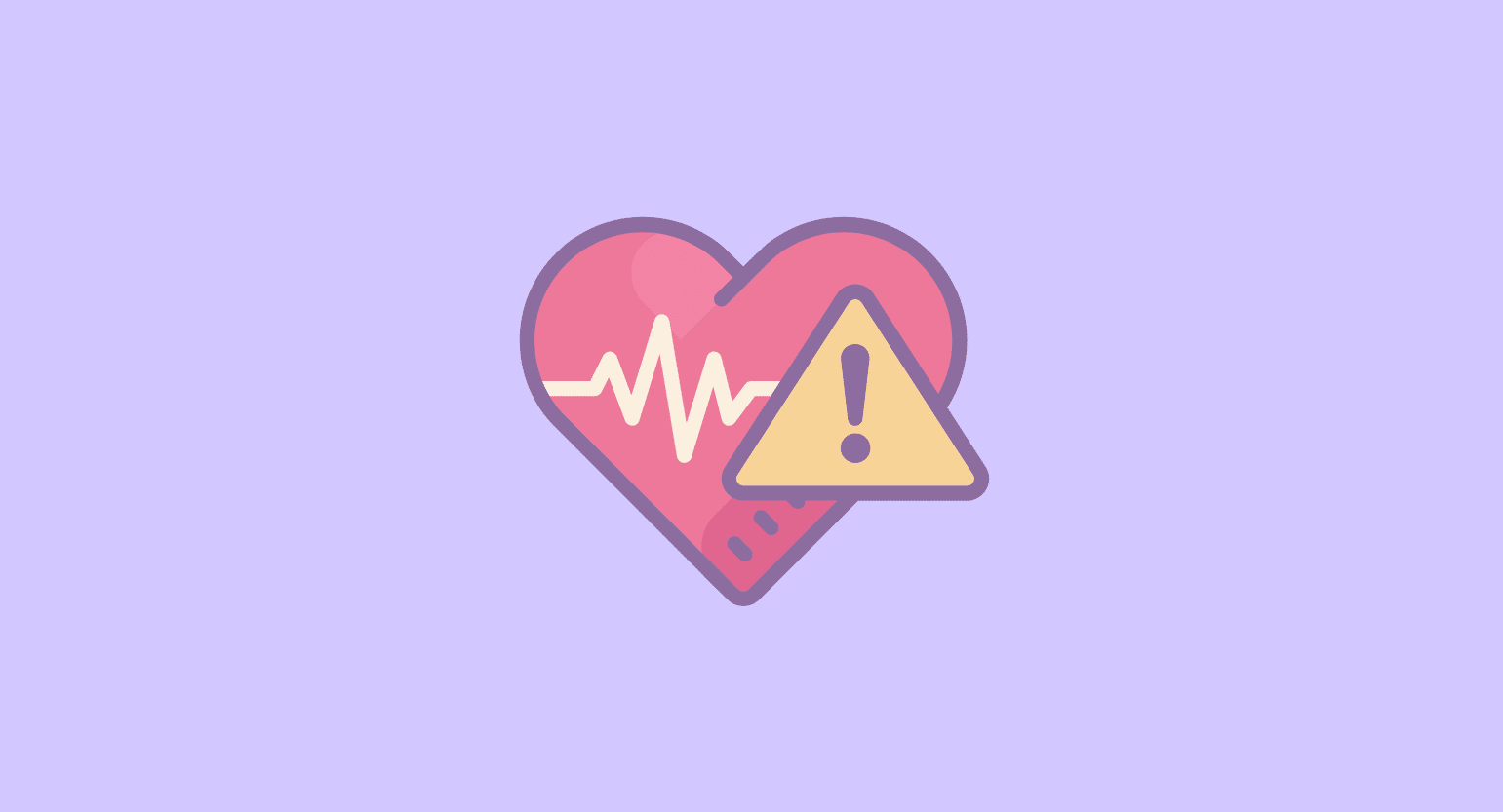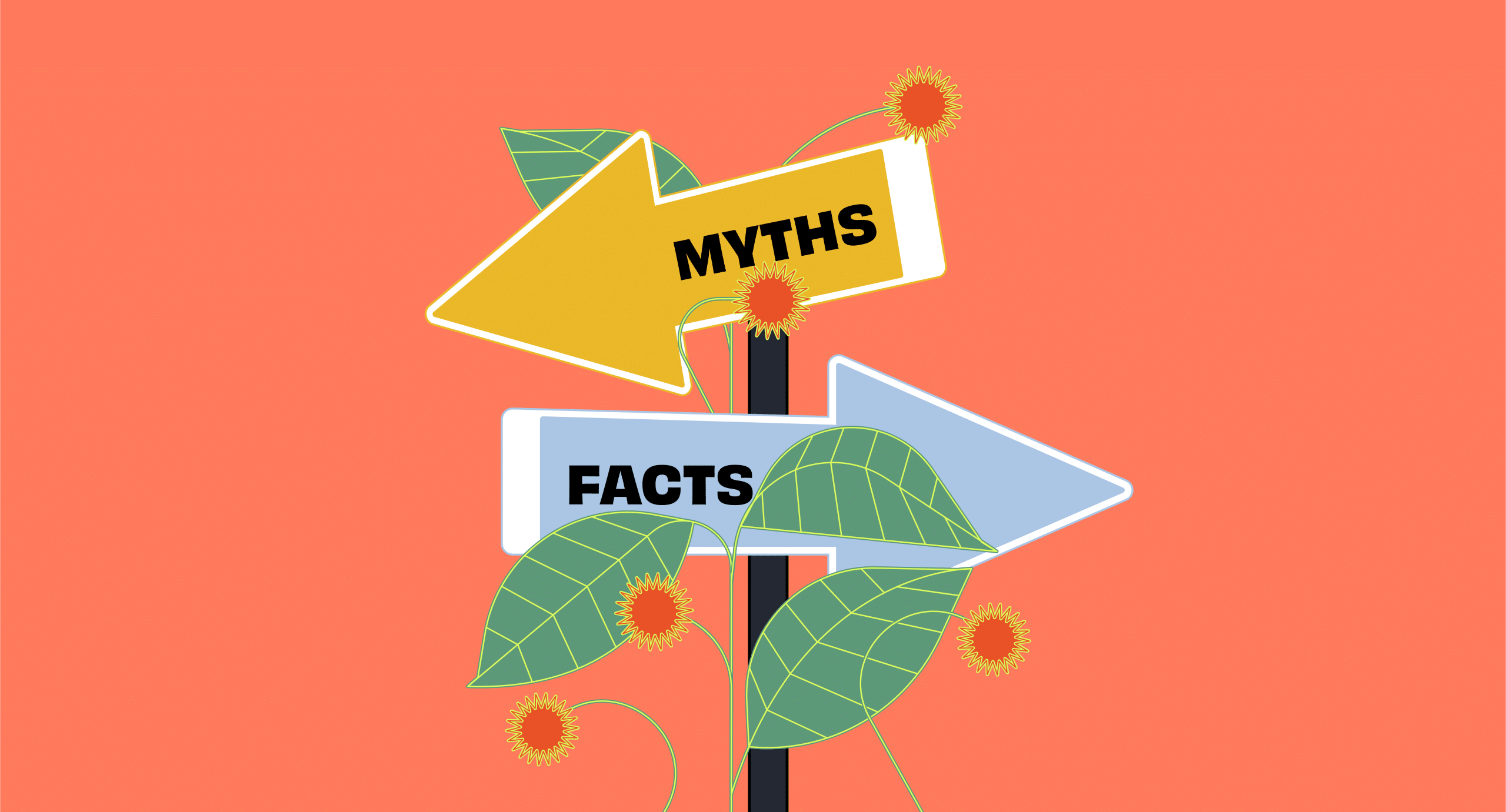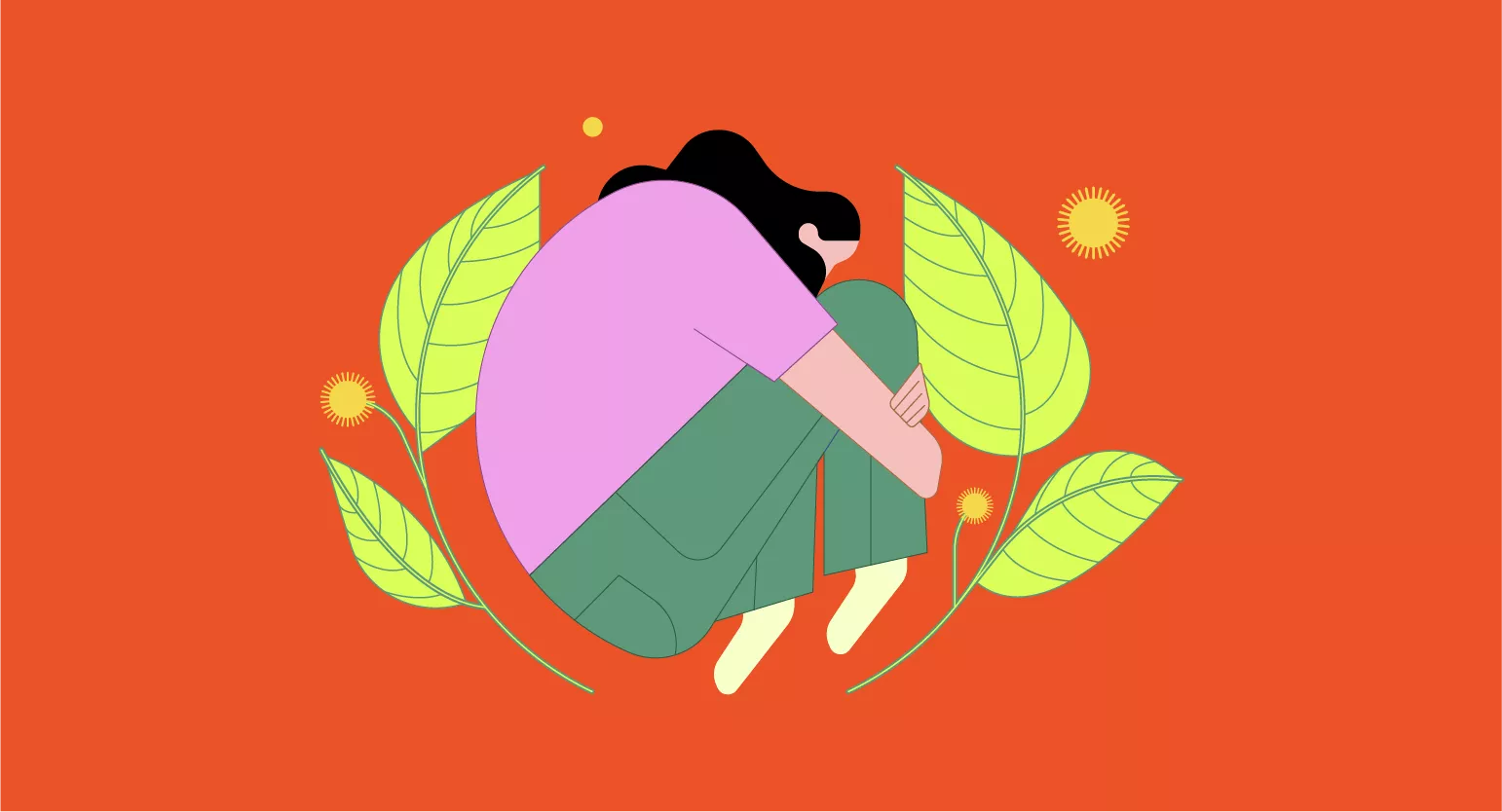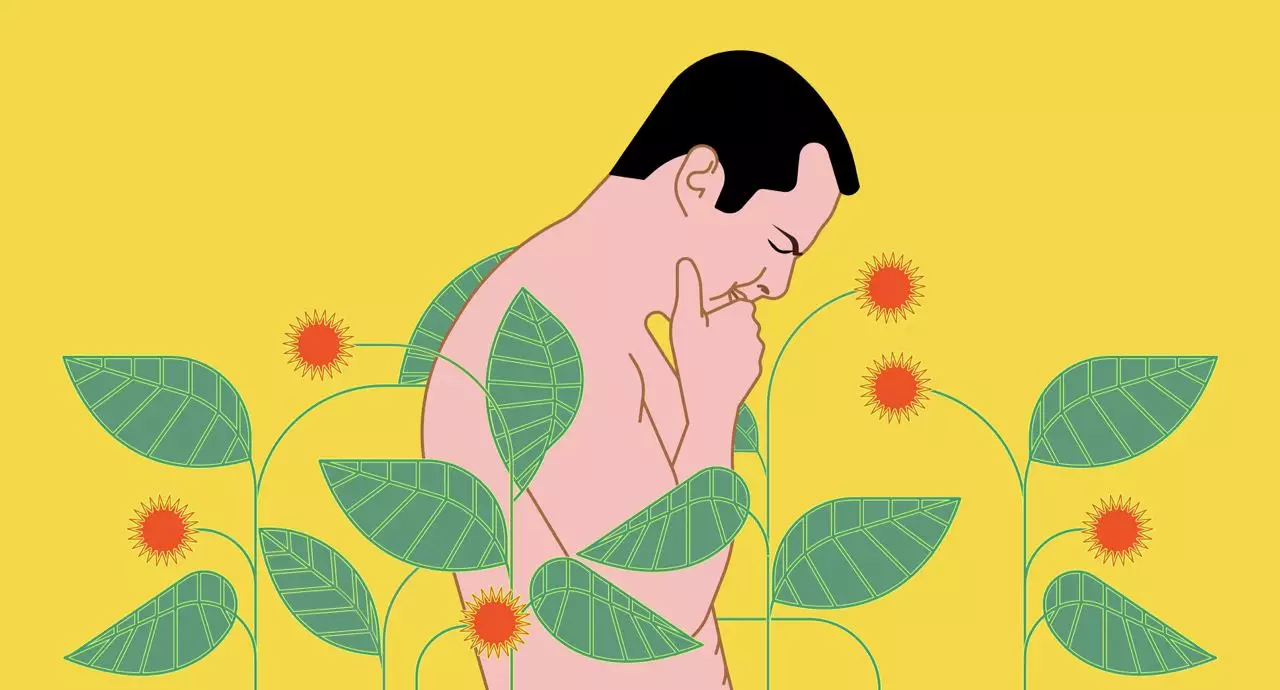What Are “Legal Highs?”
The term “legal high” technically refers to any psychoactive experience created by an unregulated substance. However, not all legal highs are created equal. Some legal highs — like the euphoric feeling you get from caffeine or nicotine, for example — are relatively benign, while other legal psychoactive substances are significantly stronger and potentially more dangerous.
New psychoactive substances (NPS) are a broad class of psychoactive drugs that are technically legal simply because they’re new to the market and haven’t been regulated yet. NPS are virtually guaranteed to be banned in almost all cases once enough research is collected.
This article focuses on safer alternatives to NPS later, but let’s take a closer look at NPS first.
What Are New Psychoactive Substances (NPS)?
NPS are drugs created to imitate regulated substances with the intent of circumventing legal restrictions.
Popular new psychoactive substances attempt to mimic the effects of drugs like cannabis, MDMA, cocaine, and LSD [1]. The most common NPS are phenethylamines, synthetic cathinones, tryptamines, and piperazines.
Often, NPS have unintended side effects that make them dangerous and unpredictable. Since people who make NPS constantly change the chemical structure to exploit loopholes in the law, they don’t take the time to verify that the substance they’re creating is safe to consume.
What Are Safer Alternatives to NPS?
Many people turn to NPS to get a legal high without realizing that non-NPS legal highs have fewer risks.
NPS are legal because they haven’t been around long enough to be banned. It’s easy to assume that a legal substance is safe, but many substances are legal simply due to the slow reaction of the legal system. It takes time to make a case for banning something, and while the courts mobilize, people buy and take these dangerous NPS and experience harmful side effects.
On the other hand, legal highs that have been around for longer are legal because they have been deemed safe and useful for human consumption. This is the key difference between NPS and other legal highs; its importance cannot be overstated.
List of 17 Legal Highs
Below you’ll find a list of legal highs, not NPS, but substances that have stood the test of time and are legal because they are relatively safe to use.
These substances are natural herbs and organic material found in nature, not Franken-chemicals created in a lab or someone’s bathtub.
1. Areca Nut
The areca “nut” is a seed from the berry of the areca palm, a tree indigenous to Southeast Asia, parts of Africa, and certain regions in the tropical climates of the Pacific Ocean.

When chewed, the nut releases several alkaloids and tannins that have a mild psychoactive effect on most people, although results vary. Most people experience increased focus, keener senses, and stimulation, similar to what you might expect from drinking several cups of coffee.
More specifically, the nut inhibits GABA, a neurotransmitter responsible for suppressing the central nervous system. It also provides most users with a sense of euphoria [7], which is often referred to as a high.
2. Blue Lotus Flower
The blue lotus flower is a water lily native to Egypt and particular parts of Asia. It has a reputation for being a spiritual flower because of its potent psychoactive properties.
Taking blue lotus flowers creates a sense of euphoria and can often induce vivid dreams, although everyone’s reaction is different [6]. Additionally, some claim it’s a good aphrodisiac and can help reduce stress and anxiety.
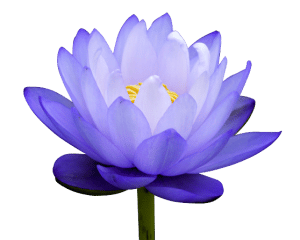
Although blue lotus flower is legal for purchase and personal use in the United States, it’s not approved for human consumption. Most people consume blue lotus flowers in tea or by smoking or vaping.
3. Caffeine
Caffeine is the most popular psychoactive substance in the world, and even though caffeine doesn’t produce a high, it still deserves a spot on the list. Most people are familiar with the intense energy boost caffeine provides, although some long-time caffeine users may have forgotten how potent it is since tolerance builds quickly.
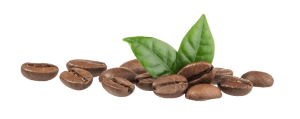
Unlike the other substances on this list, caffeine is legal to consume without any age restrictions in the United States. However, experts recommend that children limit caffeine consumption as it may cause anxiety, insomnia, and hormonal imbalances.
4. Datura
Datura is a genus of plants belonging to the nightshade family.
Although it can produce some of the most intense hallucinations of any substance known to humankind, datura should be avoided at all costs, as it is dangerous, deadly, and often leads to lasting psychological issues. Datura is included in this list for completeness, but the high it offers should never be pursued.

When you ingest datura seeds, you’re likely to experience 12 to 72 hours of nightmarish hallucinations that are indistinguishable from reality. The worst part is that these hallucinations and delusions can persist, at least intermittently, for months or even years after consuming the drug.
The alkaloids within datura provide the psychedelic experience but also induce delirium, psychosis, and several other severe conditions.
Datura is surprisingly legal worldwide, as it comes from a decorative flowering plant and has some traditional ceremonial uses in a few indigenous cultures.
5. Delta 8 THC
Delta 8 THC is a naturally occurring cannabinoid similar to delta 9 THC with one critical difference: it is legal in the United States. Hemp-derived delta 8 was made legal by the 2018 Farm Bill, making delta 8 legal at the federal level.
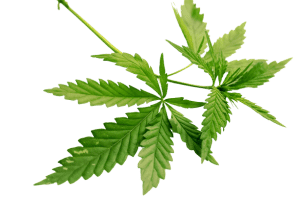
Many people describe the effects of delta 8 as very similar to delta 9, saying that it helps them relax, manage their anxiety, and sleep better at night [4].
Delta 8 is about half the strength of delta 9 THC, making it a great choice for beginners or people who want better control over their dose. The strength difference results from delta 8’s slightly different chemical structure, making it less active at the body’s cannabinoid receptor sites.
6. Delta 10 THC
Delta 10 THC is similar in strength to delta 8 THC but doesn’t have the same effects. Unlike delta 8 and delta 9 THC, delta 10 has an energizing effect, making it an excellent choice for people looking to enhance their focus or boost their productivity. Delta 10 is not suitable for relaxing or treating insomnia and can potentially worsen anxiety.
Despite having different effects than delta 8 and delta 9 THC, delta 10 is still psychoactive and produces a euphoric feeling that qualifies it as a legal high. Delta 10 THC enjoys the same legal status in the United States as delta 8 THC.
7. Kanna
Kanna is a succulent that grows naturally in South Africa. It produces alkaloids — namely, mesembrine, mesembrenone, and tortuosamine — that can produce a high-like experience, although it isn’t hallucinogenic or particularly strong.
Kanna produces euphoria and some lightly stimulative and nootropic effects, including increased concentration and focus. It is also known to be empathogenic, making the user feel at one with the world and the people around them.
Kanna isn’t considered dangerous and remains legal throughout most of the world.
8. Kava
Kava is a natural herb found in the Pacific Islands with a long history of use in traditional medicine. It was traditionally taken by grinding the root of the Piper methysticum bush and making it into tea. Today, it’s usually found in powdered form or capsules.
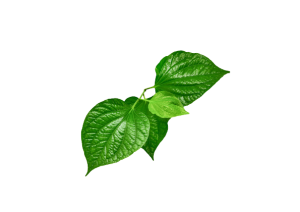
Most people who have taken kava say that it has powerful relaxing properties and can dull pain and relieve muscle tension [5]. Most people also describe an intense euphoria when taking it, which is probably why it was thought to aid communication with the spirits in ancient times.
Kava is currently unregulated in the United States and is legal for consumption as a dietary supplement.
9. Kratom
Kratom is another legal high that enjoys unregulated status throughout most of the United States for people over 18. Some states have banned or regulated kratom, but it remains legal at the federal level and is unregulated in 44 states.
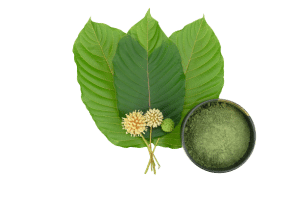
Kratom is a psychoactive herb from Southeast Asia for its similarities to opioids. Several strains of kratom have varying effects, but most kratom makes users feel relaxed, dulls pain, and can help with sleep. Some strains are lightly energizing and may provide nootropic effects [3].
10. Magic Mushrooms
“Magic mushrooms” refers to several species of fungi that contain psilocybin and psilocin, two compounds that produce hallucinations, altered perception of time, and often profound introspection. The most popular species of shrooms are Psilocybe cubensis.
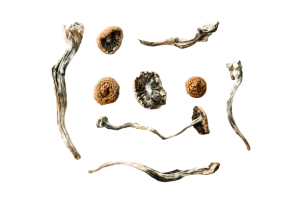
Shrooms are the second most widely used psychedelic drug globally, following closely behind LSD. Although shrooms remain illegal in many parts of the world, they are decriminalized in parts of Canada and legal for medicinal use throughout the country.
They’re also decriminalized in Oregon, Denver, CO, Ann Arbor, MI, and several other major cities. We’ll likely begin to see shrooms either legalized or decriminalized in America soon.
11. Nicotine
Nicotine is one of the most widely consumed psychoactive drugs and is legal to consume for anyone over the age of 21 in the United States. The age was recently raised from 18 to 21 over concerns about nicotine’s effect on developing brains.
Whether or not nicotine elicits a true high depends on who you ask. Also, calling it “safe” is quite a stretch [2]. Still, it’s legal and a psychoactive substance that makes some people feel lightheaded and mildly euphoric, so it makes the cut.
Suggested Reading: Is it safe to combine kratom & nicotine?
12. Nutmeg
Nutmeg, the common kitchen spice, can cause a psychedelic experience if consumed in large quantities or if smoked or snorted.
However, taking nutmeg to try to experience a high is highly dangerous and could lead to death. You should never attempt to get high off of nutmeg, which is simply included in the list of legal highs for thoroughness.
Nutmeg contains a compound called myristicin, a chemical used to produce MDMA (ecstasy). It can cause hallucinations and euphoria, but in high concentrations, it also tends to lead to an unpleasant hangover, severe paranoia, delusional thinking, and even a dangerous condition referred to as “nutmeg poisoning.”
13. Salvia
Salvia divinorum is a subset of mint plants that can produce a psychedelic high. This mint plant contains a terpene called salvinorin A, the most potent natural hallucinogenic compound known to humankind.
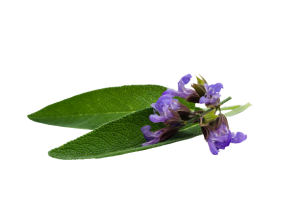
Salvia is a powerful psychedelic that often conjures terrifying and highly unpleasant experiences, thoughts, and visuals, usually accompanied by a disconnect with reality and confusion about what is and isn’t real.
Most users who try salvia once never consume it again, as the experience can be traumatic and stick with you for months or even years after consumption.
Salvia is legal throughout most of the world, although it has been prohibited in some places. In the United States, it is listed as a “drug of concern,” but no illegalization has occurred or seems to be underway.
14. Sassafras
Sassafras is a plant that’s been used in traditional medicine for hundreds of years. The root bark is ground up to treat various ailments, including urinary tract infections.
Sassafras contains an oil called safrole, which can produce a rather intense high. Many users compare the experience to MDMA, although the user reports differ slightly. Sassafras is known to be empathogenic, making users feel connected to people and the world around them. It also produces euphoria and can trigger some mild hallucinations.
Sassafras is legal in its whole form everywhere in the world, although it has been banned for use as a food additive or flavoring — typically used in root beer — as it was found to be cancerous [8].
15. THC-O
THC-O is not like the previous two THC molecules because it does not occur naturally. THC-O is synthesized from THC and has similar effects to delta 9 THC. However, THC-O is significantly stronger than delta 9 THC, with some experts estimating that it’s four times more potent.
Another difference between delta 9 THC and THC-O is that many users report experiencing audio and visual hallucinations when taking it, making it almost like a psychedelic version of regular THC.
THC-O was also made legal in the United States via the 2018 Farm Bill as long as it is derived from hemp and contains less than 0.3% THC.
16. 1P-LSD / 1CP-LSD / 1V-LSD
There exist several alternatives to LSD (lysergic acid diethylamide), which are similar in name, chemical makeup, and effects on the human body. Many of these compounds are considered “prodrugs,” which are chemical precursors to LSD that can be converted to the psychoactive and psychedelic chemicals via human metabolism.
These compounds exist in a legal gray area because they distinctly aren’t LSD, but they’re similar enough that they could be considered an illegal drug by proxy.
Some countries have already moved to ban these prodrugs given their similarity to LSD. For example, 1P-LSD is illegal in France, Germany, Japan, the United Kingdom, and many other countries.
The future legal status is unknown at this time in countries like Canada and the United States, and they may come with legal implications already, as they are psychedelic compounds.
17. 4-AcO-DMT
4-Acetoxy-dimethyltryptamine (4-AcO-DMT) is a prodrug for psilocin, one of the psychedelic chemicals found naturally in magic mushrooms. As such, 4-AcO-DMT is more commonly referred to as “synthetic shrooms.”
4-AcO-DMT produces a psychedelic experience that is similar to psilocybin mushrooms, making people feel at peace, connected to people and nature, and euphoric. It can produce an altered perception of time and reality and regularly provides users with deep and therapeutic introspection.
4-AcO-DMT remains legal in many areas, although it’s technically illegal as a prodrug of psilocin in the United States. It sits within a legal gray area in Canada and other countries with illegalized magic mushrooms.
What’s The Difference Between Legalization & Decriminalization?
When it comes to drugs, there are four categories under which they can fall: legal, legal only for medical use, decriminalized, and illegal. The terms “legal” and “legal for medical use only” are self-explanatory.
Decriminalization, on the other hand, is a gray area. Although drugs in the United States might remain listed as a Schedule I substance and remain fully illegal on a federal level, states are individually responsible for managing how the substances are met with legal activity. As such, a single state can choose not to make arrests for the possession, use, or sale of federally illegal compounds.
Marijuana is a current example of decriminalization. Cannabis remains federally illegal, but states like Colorado and California have made the substance legal for sale and use, and states like New York have chosen not to make arrests for consumption of cannabis products.
Decriminalization is typically a precursor to full legalization, and the distinction often exists to give the state ample time to figure out how to regulate the production, sale, and taxation of the drug.

How to Stay Safe With Psychoactive Substances
If you’re after a legal high, there are several things you can do to keep yourself and those around you safe from physical and psychological harm. Below are some brief guidelines you can use for the purposes of harm reduction when using legal substances to get high.
Understand The Substance
Just because something is legal doesn’t mean that it’s safe. While the list above is a complete one, it contains some chemicals that are hazardous to your health and even deadly if consumed. The best thing you can do to avoid physical or emotional harm when seeking legal highs is to choose a safe substance.
The list above is a good start, but you can and should conduct additional research on the individual legal high you choose to know precisely what you will experience.
Set & Setting
As with all drugs that produce a high, hallucinations, or a psychedelic experience, ensuring your set and setting are correct will go a long way in ensuring you have a positive experience.
“Set” refers to your mindset going into the journey. It’s advisable to set your intentions for the experience by writing them down and even reading them during your high. These can help keep you on track to have a positive and welcoming experience.
“Setting” refers to the physical place where you plan to experience the high. Making sure you’re in a comfortable and familiar place where you feel safe will more often lead to a positive experience. It’s also a good idea to have a sober trip sitter whom you trust to help keep you grounded and feeling safe.
Understand & Respect the Drug
All drugs, even those considered “party drugs,” should be respected and understood before you take them. Mind-altering compounds can provide intense and overwhelming experiences if you don’t know what to expect, so it’s best to research the compound thoroughly before trying it.
You can start by confirming the recommended dose for beginners and read about the trip timeline and feelings you’ll experience. Just knowing what you’ll see, hear, or feel can help keep you calm and grounded as you move through the high. It can also help you integrate the experience afterward, which is important for getting the most out of the journey.
Above all else, start with the lowest recommended dose — even if it’s considered a microdose — to see how it affects you. You can always take more, but you can never take less. Increase your dose as needed to remain in control and comfortable with the process.
Never Mix Two Substances Together
Finally, never attempt to mix drugs or compounds on this list with each other or with illegal drugs. This can cause unwanted side effects and potentially dangerous or traumatic symptoms and experiences. In the worst-case scenarios, the drugs might interact with each other, putting you at risk of physical harm or even death.

Conclusion: Just Because it’s Legal Doesn’t Mean it’s Safe
Just because something is legal doesn’t mean it’s safe. This is especially true for NPS, dangerous synthetic substances that mimic popular illegal drugs. These substances are legal only because they are too new to have been regulated and not because they’ve been deemed safe for human consumption.
Experts strongly recommend avoiding NPS for health and safety reasons. Luckily, many legal highs offer safer alternatives to NPS. Even with the legal highs presented in this article, it is best to exercise caution, do your homework, and follow the recommended use guidelines to ensure a positive experience.
- Shafi, A., Berry, A. J., Sumnall, H., Wood, D. M., & Tracy, D. K. (2020). New psychoactive substances: a review and updates. Therapeutic advances in psychopharmacology, 10, 2045125320967197.
- Benowitz, N. L. (Ed.). (1998). Nicotine safety and toxicity. Oxford University Press, USA.
- Singh, D., Narayanan, S., Grundmann, O., Dzulkapli, E. B., & Vicknasingam, B. (2019). Effects of kratom (Mitragyna speciosa Korth.) use in regular users. Substance use & misuse, 54(14), 2284-2289.
- Kruger, D. J., & Kruger, J. S. (2021). Consumer experiences with delta-8-THC: medical use, pharmaceutical substitution, and comparisons with delta-9-THC. Cannabis and cannabinoid research.
- Ferreira, J. V., Pierotte, I. C., Rodrigues, F. F., Souza, L. C. R. D., Bastos, R. W., Carmo, P. H. F., … & César, I. C. (2021). Acute oral toxicity, antinociceptive and antimicrobial activities of kava dried extracts and synthetic kavain. Natural Product Research, 1-6.
- Schimpf, M., Ulmer, T., Hiller, H., & Barbuto, A. F. (2021). Toxicity From Blue Lotus (Nymphaea caerulea) After Ingestion or Inhalation: A Case Series. Military Medicine.
- Garg, A., Chaturvedi, P., & Gupta, P. C. (2014). A review of the systemic adverse effects of areca nut or betel nut. Indian journal of medical and paediatric oncology: official journal of Indian Society of Medical & Paediatric Oncology, 35(1), 3.
- Dietz, B., & Bolton, J. L. (2007). Botanical dietary supplements gone bad. Chemical research in toxicology, 20(4), 586.

